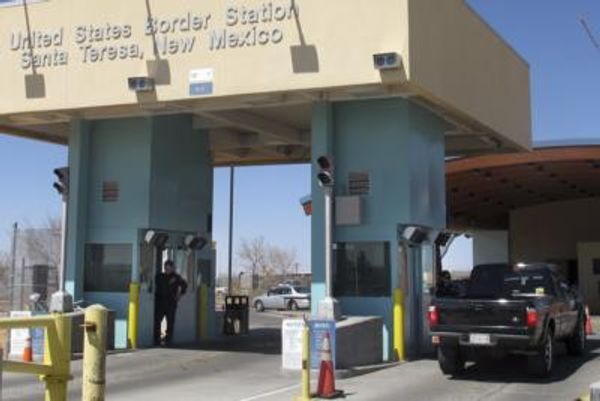
In a blog on Thursday, CZ said, "As you all know, current market conditions are tough. With our position as one of the largest industry players with healthy cash reserves, we have a duty to protect users. We also have a responsibility to help industry players survive and hopefully thrive. This is the case even if there are no direct benefits to us or we experience negative ROIs."
According to Zhao, the word “bailout" can have different meanings for different people. And as with most things in the real world, it’s not a binary situation.
In the first category, Zhao explains "not all bailouts are the same". He points out different types of “bailouts" for different situations. First, some companies/projects/products are - poorly designed (no product-market fit); poorly managed; poorly operated.
In simple words, these are just 'bad' projects, and in Zhao's view "these should not be saved."
However, the dilemma begins when some of these 'bad' projects have a large number of users, which as per Zhao are often acquired through inflated incentives, “creative" marketing, or pure Ponzi schemes.
Furthermore, according to the Binance CEO, in any industry, there are always more failed projects than successful ones.
He hopes the failures are small, and the successes are large. In his opinion, bailouts here don't make sense.
"Don’t perpetuate bad companies. Let them fail. Let other better projects take their place, and they will," Zhao said.
To users who fall victim to bad projects, Zhao guides saying, "education is the best protection."
"We (industry players, schools, and governments) need to educate people on financial literacy, risk management, diversification, and, most importantly, how to evaluate fundamentals (users, revenue, etc.)," Zhao added.
In the second category, there are some projects with problems that are fixable. These are projects with small mistakes. In his opinion, they are either too aggressive on spending, have insufficient reserves, or have other minor fixable problems.
"These projects usually have some good qualities: product-market fit, generating revenue in normal market conditions, sound business models, decent teams, etc," Zhao added.
According to him, the projects whose problems are fixable, can be bailed out and subsequently ensure changes are made to fix the problems that led them to this situation in the first place.
In the third category, he talks about projects that are barely surviving but have great potential. He said, "They are tight on cash. They don’t have a sufficient budget to grow healthily anymore. They could either wait it out, get a cash injection, or explore M&A possibilities. Obviously, all of those make sense from a potential investor or acquirer’s point of view."
The Binance founder also revealed that its deals team kicked into high gear a few weeks ago. He said, "Many projects have come to us who want to engage and talk. Again, in real life, these categories are not clear labels. All projects view themselves as the third category, and we need to look at each project in detail to decide. There is some subjectiveness to it."
Coming to leverage, according to the largest cryptocurrency billionaire, there are two types of leverage - fast and slow.
Talking about fast leverage, Zhao said you will find it on centralized exchanges, often with futures products.
To explain the fast leverage, Zhao cited an example of cascading liquidations on BitMex on March 12, 2020, that caused bitcoin’s price to drop from $8000 to $3000 in one day. He said, "Pretty fast" adding, "The situation was, however, over within 24 hours. The next day, markets started to recover, and they never looked back. Exchanges are efficient in this way."
Meanwhile, slow leverage, Zhao said, "is when funds lend to other funds or DeFi protocols to invest. When one of these gets liquidated, the affected lenders typically take a few days or weeks to realize or admit the pain. These can also have a cascading effect, but the propagation speed is much slower." He further added, "I believe we have not seen the end of these yet. Luckily, the more these cascading events happen, the number becomes smaller and more spread out."
So far, Zhao believes the blockchain industry has shown tremendous resilience.
If two years ago, on March 12, 2020, you told me bitcoin’s price would be $20,000 in June 2022, he said, "I would be pretty happy."
"So, why not zoom out for a more balanced perspective? With this in mind, let’s take the situation as a chance to reiterate proper risk management and educate the masses," Zhao explained.
Binance crypto exchange is the largest exchange in the world in terms of volumes. On average, the daily volume on Binance is around 2 billion, while over 14 lakh transactions take place per second. Overall, the 24-hour trading volume on the Binance exchange is around $76 billion with a registered user base of 90 million. More than 600 cryptocurrencies are listed on Binance and its transaction fees are the lowest less than 0.10%.
BNB known as Binance was launched in 2017 and has emerged as the biggest cryptocurrency exchange globally based on daily trading volume. With its unique ecosystem of decentralized, blockchain-based networks, BNB is an integral part of the successful functioning of many of the Binance sub-projects.






